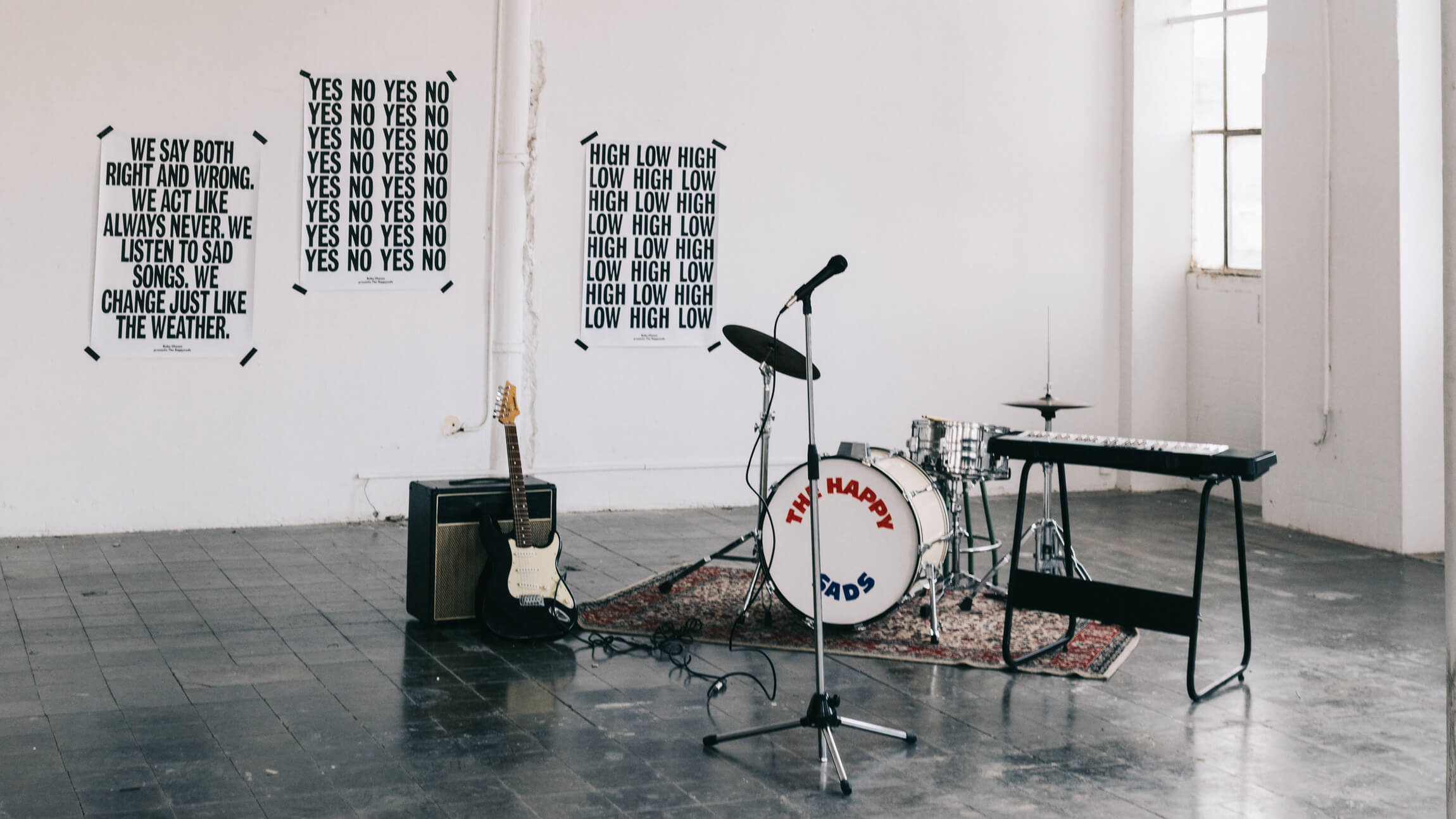NEIL HARBISSON INTERVIEW
There are people; there is technology; there are people who make use of technology and then there is Neil Harbisson, who is technology himself. Neil has an antenna, similar to that of an ant, implanted in his head that allows him to hear colors. The antenna is an integrating part of his body. He is the first person in the world recognized as a cyborg by a government. When he makes connection with some satellite through his antenna, he perceives outer space as a color symphony!

Teo – What science fiction books/movies did you like as a child?
Neil – I didn’t like science fiction. I don’t like science fiction now either. I like Nature and reality so I really get inspired by Nature and other species and other animals.
T – The world is full of color. Since you were very young, you were diagnosed with achromatopsia, an unusual condition that makes you see the world in gray scale. How did you manage that difference with the rest of the children?
N – I asked my classmates “what color is this? What color is that?” so I kept memorizing the color of things. So I memorized that the sky is blue, that the grass is Green, and when I had to paint I would ask “could you give me blue?” and then I painted blue. I memorized the color of things. It was strange because my classmates could see colors and I didn’t see colors, so I felt a bit different.
T – Just as it is difficult to put color into sound, it is also difficult to put emotions into words. Many children find it difficult to identify emotions and cope with them. How do emotions sound like and what colors do they have?
N – There is no general emotion linked to a color or sound. This is very personal so every person has an emotion with a color. For some people, red is passion or aggressiveness. But for other people red might be calm or happiness. Depends on what culture… Chinese children, or Japanese children, or African children or European children have different emotions for the colors because it’s very linked with culture. I think it’s very personal.
T: Does your mood alter the perception you get from the antenna?
N – No. Because this is like an eye or an ear, so if I’m happy I still see the same things or f I’m sad I still hear the same things. So if I’m happy or sad I still perceive the same colors but maybe the perception I have of reality changes. One thing is to see or hear, and the other thing is to perceive. Perception is very linked with your mood. So, yes my perception can change but my sense of color or sound is the same.
T – What is the most colorful place in the world? What is the least?
N – The most colorful place in planet Earth is supermarkets. If you go to a supermarket you can find all different shades of colors and each supermarket has different explosions of color. So I really enjoy walking around supermarkets. The least colorful place I guess is when you turn off the lights. If you turn off the lights there’s no color, so any place in the world can be completely colorless. But during the day, the North Pole is very silent because there’s no much color. If it’s all White, snow makes things silent. Outside Earth, Space is the most colorful place I have ever experienced. I can connect the antenna to satellites and then sense the colors from space. In space there are lots and lots of colors that we don’t receive here. Space is not black. It is extremely colorful.
T – You have become so accustomed to associating color with sound that you now see colors when hearing sounds. Is the sound of the sea blue?
N – No, because the Sea doesn’t have one note, it has sound. Is when I hear a constant frequency that I relate it to a color. Musical notes or people’s voice s have color but the Sea is more “shhh shhhh shhh”… it depends.
T – When you receive signals from a satellite orbiting the earth, how does outer space sound like, happy or sad?
N- Space sounds very intense… there are lots of colors in Space, a lot of ultra violets that we don’t receive here, so it is very high pitched, high notes, so it’s very intense. It can be a bit too much some times. It’s not happy or sad. It’s interesting. It’s very colorful, much more than any supermarket in earth. Space is like thousands and thousands of supermarkets.

